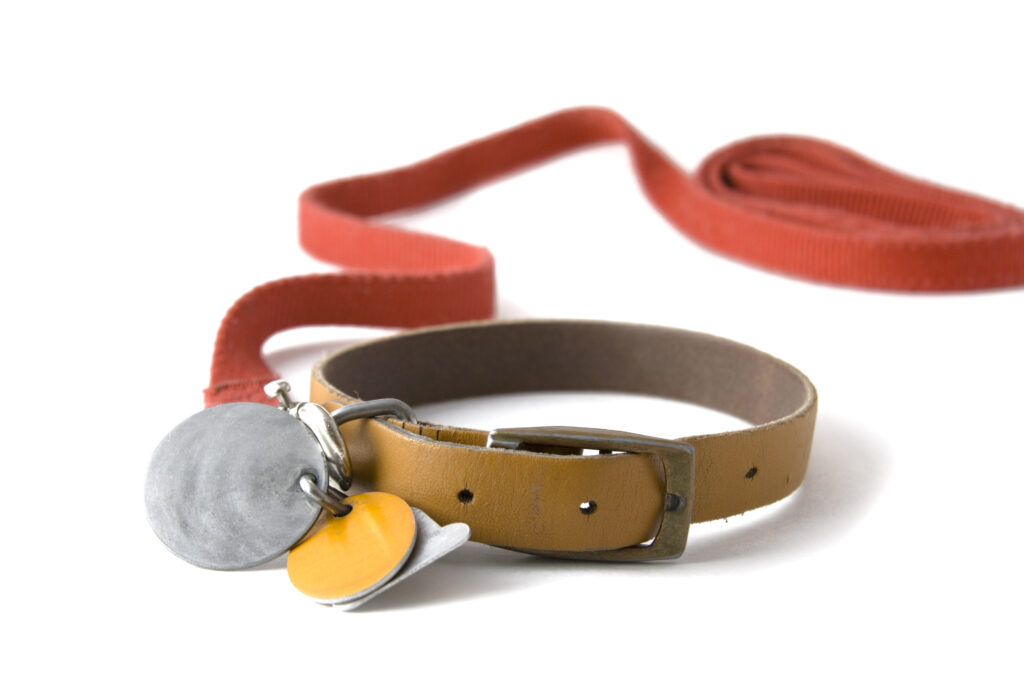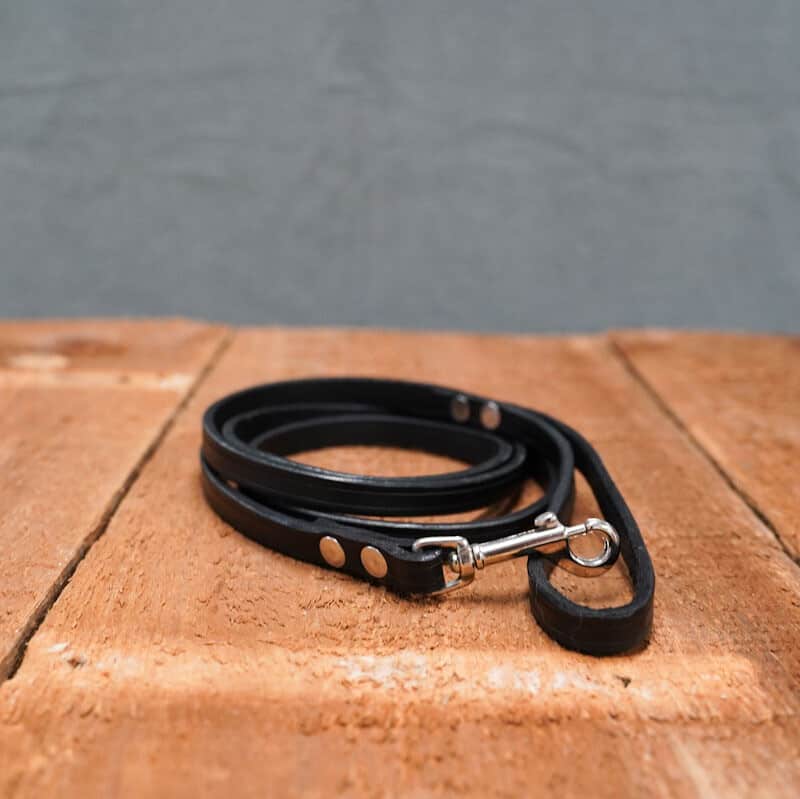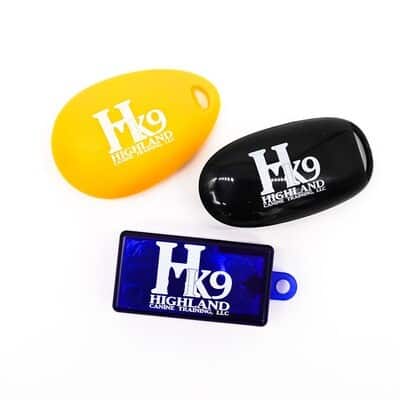We all know the numerous benefits of a well-trained dog. Teaching your dog to reliably perform a series of basic commands – in addition to effective socialization, and even teaching them special skills – makes it easier to take your dog out in public and reduces the chances of your pup putting themselves in a dangerous situation. Their confidence will also improve as they learn new skills.
Dog training serves as a very effective way to build the bond between you and your dog and improve your relationship, but where do you start? What determines the success of a training program?
At Highland Canine Training, we have worked with countless pet owners over the years to resolve even the most severe behavioral issues. We understand the important factors that play a role in training success.
What are the biggest influences of success in dog training?
There are several ingredients which contribute to the overall success of any dog training program.
- Motivation
- Developing an effective training program with realistic goals
- Ability to control environment and the dog’s responses to stimuli
- Your ability to read the dog you are working with, and adjust the training plan according to the dog’s needs
- Your ability to praise your dog and generate enthusiasm
- Having the correct tools at your disposal and understanding how to effectively use them
In this article, we’ll look in-depth at the final point – we’ll outline the items you’ll need in your arsenal to effectively train your dog.
What are the basic tools necessary for dog training?
Collar
Virtually every dog owner will own a collar for their pup. In addition to attaching an identification tag containing your contact details, a collar has many practical purposes when it comes to dog training.
A comfortable collar can be used to keep your dog safe while training outside or in public places. It also provides a level of control for the handler or trainer, particularly in the early stages of training.

There are several different types of collars available:
- Flat (standard) collar – light to medium level of control
- Martingale collar – medium level of control
- Choke collar – discouraged due to potential negative health consequences and lack of correct placement
- Plastic training collar – ease of use, provides medium to high level of control and helps with correcting some unwanted behavior
- Prong collar – typically used for dogs when there are unwanted behaviors that need correcting, such as jumping, pulling and counter surfing. Provides a very high level of control
Above all else, there are three main things to think about when purchasing a collar for your dog:
- Make sure the collar you use is strong enough to hold your dog.
- Make sure the collar you use is a comfortable fit for your dog.
- Make sure the collar you use is appropriate for your dog’s behavior.
Leash
Leashes come in a variety of lengths, sizes and materials. A leash is vital to maintain control of your dog when out in public.
As with collars, the type of leash you’ll need will depend on the type of training you intend to perform with your dog. For most basic obedience training, you will need a standard five or six foot leash. With advanced obedience or distance commands, a 20-33 foot longline will be more suitable. Longlines are also useful for trailing, search and rescue, and other specialized training.

There are several types of leash available.
- Standard leash – easily accessible, between ½-1 inch in width, typically 4-6 feet long.
- Tab leash (training tab) – very short leash, 6 to 12 inches, typically used for in-home control or teaching impact sports like agility, and not practical for standard training.
- Retractable leash – not recommended for obedience or specialized training due to inability to create consistency, and lack of leash reliability.
- Long line – typically used for advanced training and specialized training, ranging from 10 to 50 feet in length. Optimal length is around 20-33 feet.
There are two main things to consider when purchasing a leash:
- Make sure the leash is suitable for your training purpose.
- Make sure the leash is comfortable for you to hold.
If you need a new leash for your pup, be sure to shop our range of leashes in our online store!
Primary Motivator
Simply put, a primary motivator (reinforcer) is used in dog training to maintain your dog’s attention and reward them for doing what you ask.
There are various types of primary reinforcers but the one that is most often used is food or high value treats.
For effective treats, use ‘high value’ human foods such as cheese, chicken, meatballs, hot dogs etc. Typically, dried meats and organs work better than milkbone-style treats. For easy access to your dog’s rewards, you may find it easier to carry a treat pouch which keeps your training aids organized (and your pockets and bags clean).
Secondary Motivators
Secondary Motivators (reinforcers) are also utilized in training dogs. These reinforcers have no real value to a dog until they are paired with another reinforcer. For example, toys typically have little value to dogs until you engage them in play with these toys.
If your dog loves to play ball, fetch or tug, use this to your advantage with toys! You can use your dog’s favorite toy to keep them motivated through training sessions. Using a toy with a squeaker can enthuse dogs who aren’t completely toy-motivated. If you’re weighing up toy options for your dog, the KONG Squeak tennis ball or the Wubba are popular choices.
Finally, never underestimate the power of praise! Make sure you offer your pup plenty of praise and enthusiasm to accompany food or toys. This reinforces the desired behavior and builds a strong bond between you and your dog.
Remember, every dog is motivated by something. If one motivator doesn’t work, keep trying until you find a solution that does!
The things you should consider when choosing and using a primary motivator:
- Think about whether your dog is more food or toy-motivated, but be prepared to try either option, depending on your dog’s responses.
- Make sure you choose a ‘high-value’ reward which will motivate your dog.
- Make sure your reward is always within easy reach – timing is crucial in dog training!
Suggested tools for advanced and specialized dog training
There are additional tools which can make advanced dog training a little easier.
Clicker
A clicker is an excellent secondary reinforcer which can allow the teaching of advanced behavior and chained cues. This allows for consistent marking of specific behaviors at the very moment they occur.

Long Line
Varying in width, length and material, a long line can be a useful tool for specialized dog training. A 33 foot long line is ideal for both advanced obedience and tracking/trailing as part of search and rescue training.
There are numerous options available when considering a long line purchase. A leather long line is made from high-quality material and is unlikely to burn your hand. On the other hand, a nylon long line is likely to be less suitable for specialized training (like SAR, for example), but is lightweight and ideal for advanced obedience.
If you need a long line, we have a range of custom-made long lines available in our online store!
Remote collar
E-collars are used in a variety of applications. From developing consistent and reliable on and off-leash obedience to specialized training activities like SAR, protection and police K9 training or hunting. Remote collars allow effective communication between handler and dog, even covering vast distances. This is an off-leash tool which can be used to reinforce commands in a consistent manner. Remote collars can also be an invaluable tool in working with deaf dogs and those with other disabilities.

We stock an extensive range of Dogtra e-collars for specialized dog training activities.
In summary
If you want to start working with your dog – whether you choose to work with a professional dog trainer, or just want to start by yourself – there are some pieces of equipment you simply need to have for the training to be effective. Make sure you’re equipped before you start training your dog in earnest!
Did you know our revamped Highland Canine store has many of your dog training essentials in stock? Browse our store today to explore our range of leashes, long lines and other dog training equipment!


You must be logged in to post a comment.